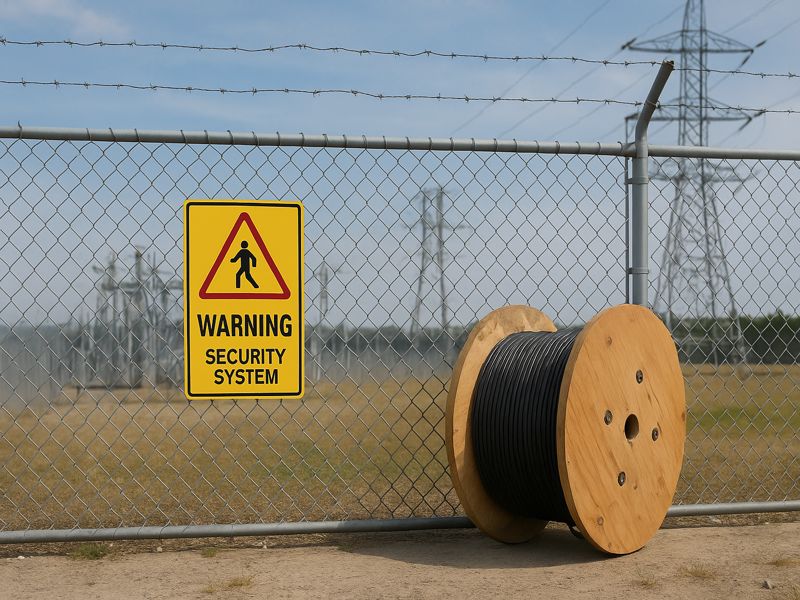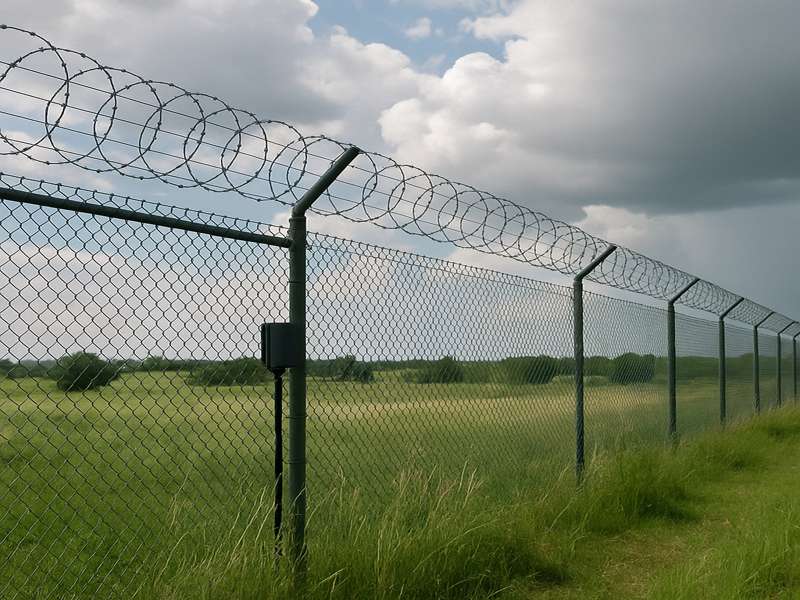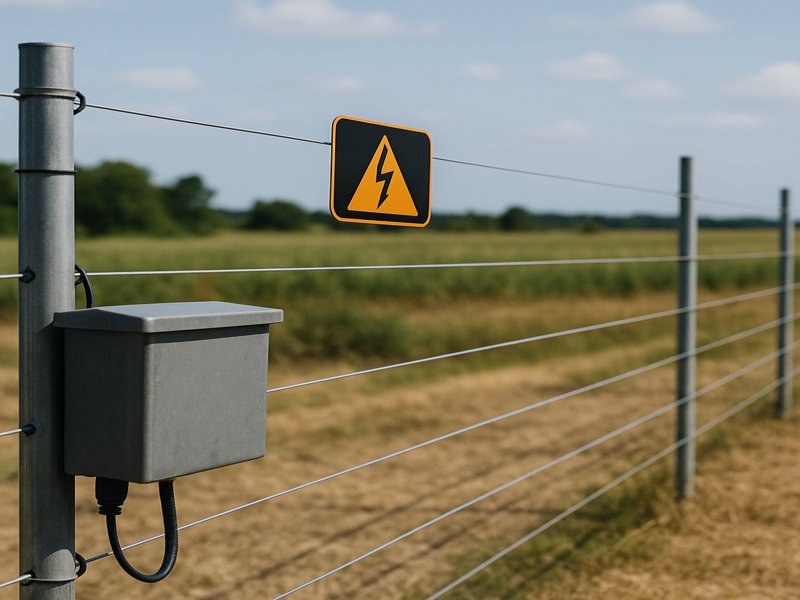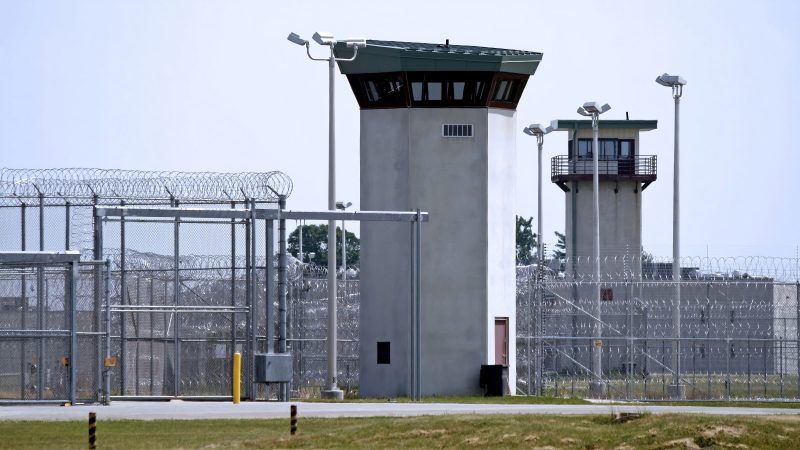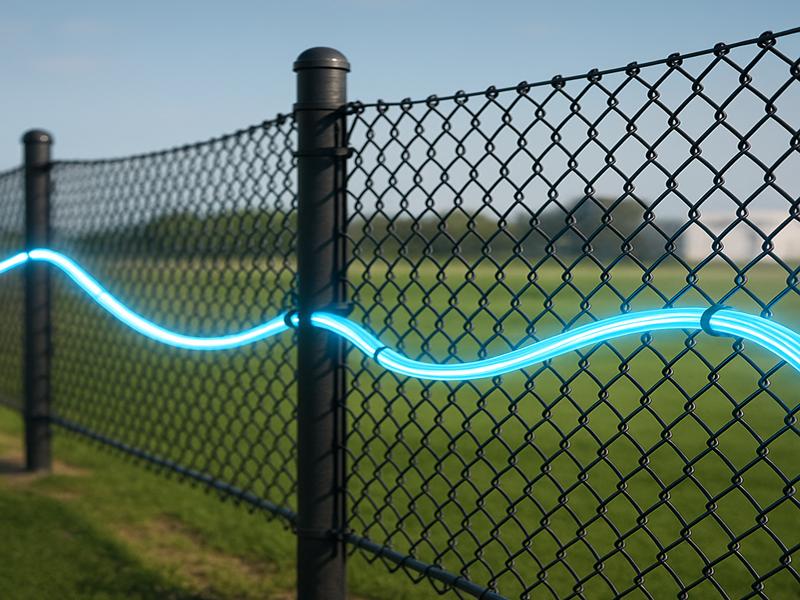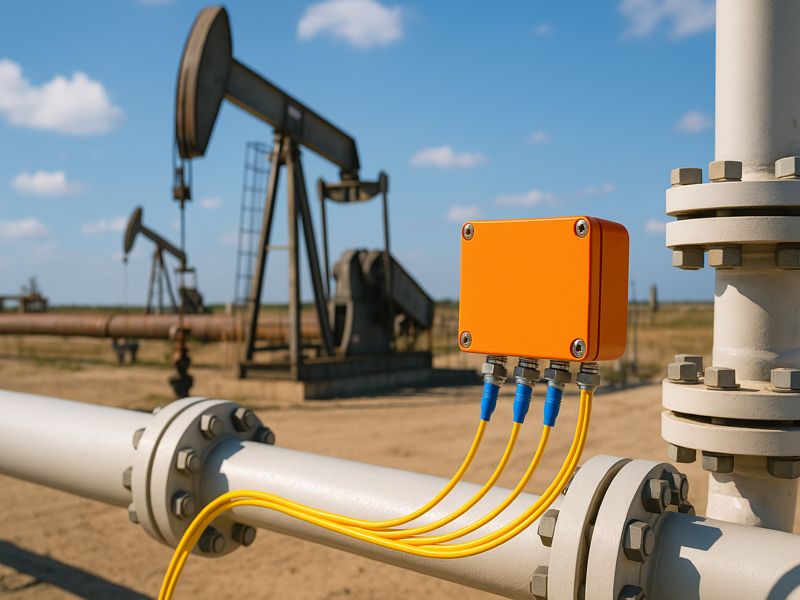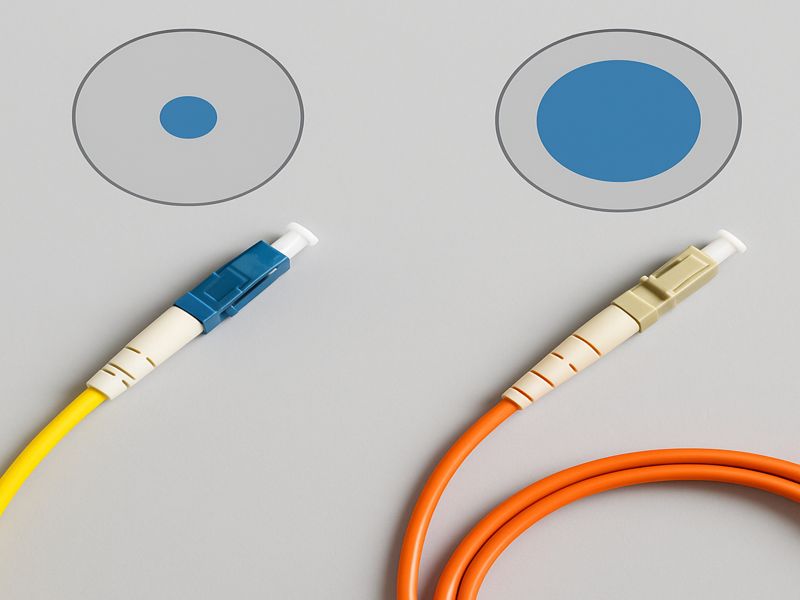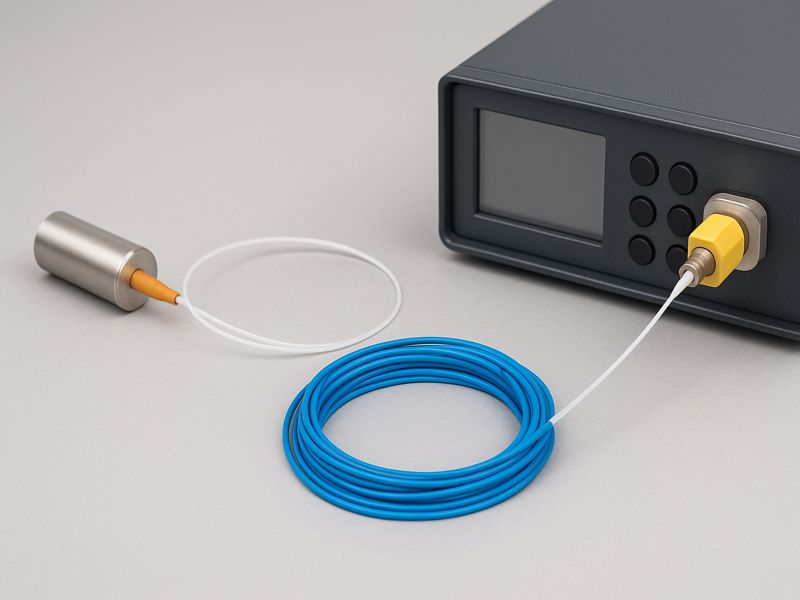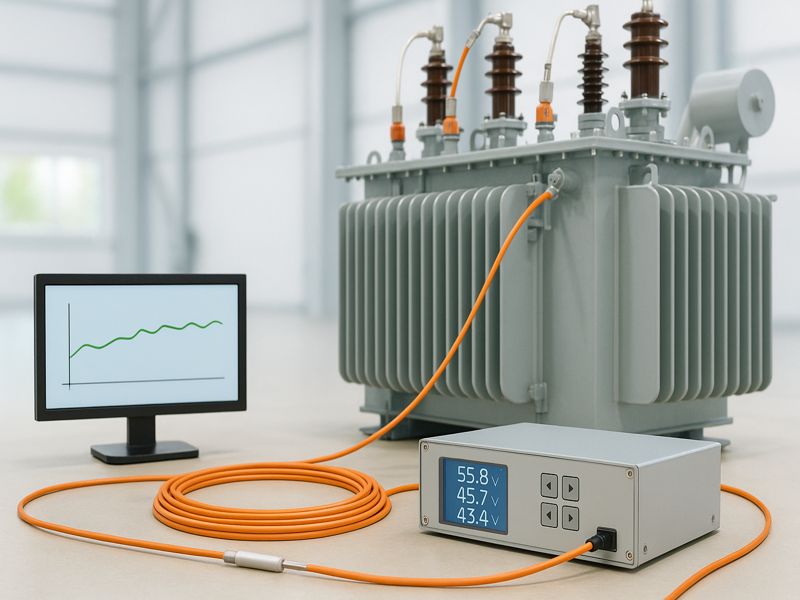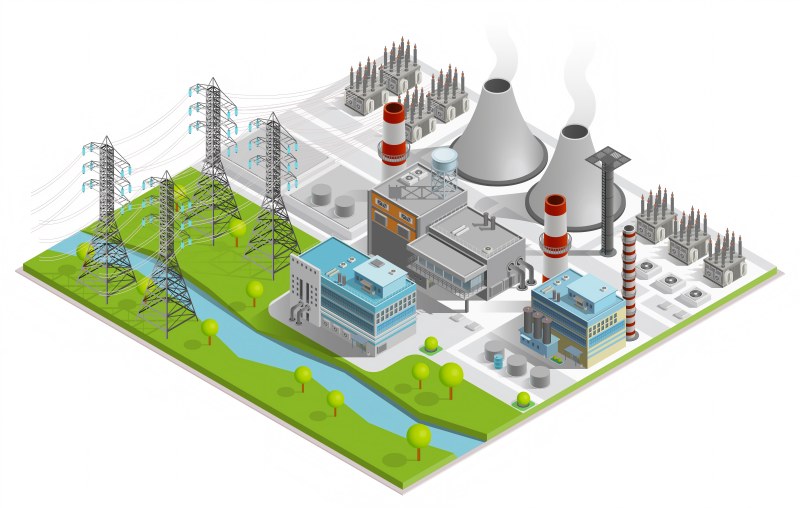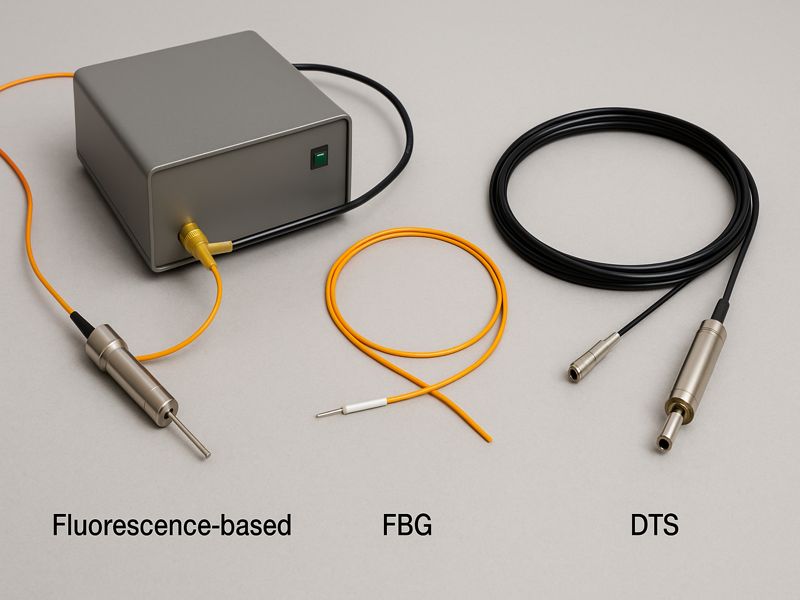Critical infrastructure—power grids, railways, pipelines, airports, and data centers—forms the backbone of modern economies and demands robust protection. Traditional systems like CCTV or motion sensors offer limited coverage, while FOIDS provide continuous, real-time monitoring using fiber cables as sensitive sensors. This article outlines the top 10 benefits of FOIDS, highlighting improved security, lower costs, and regulatory compliance.
What Is FOIDS and How It Works
FOIDS operates on the principle of distributed fiber optic sensing, where a laser pulse is transmitted along an optical fiber. As the light travels, small portions scatter back due to microscopic variations in the fiber’s structure—a phenomenon known as Rayleigh backscatter. Any disturbance—such as vibration, cutting, digging, or temperature change—alters the backscattered light pattern, which is analyzed by the interrogator unit to pinpoint the location and type of event.
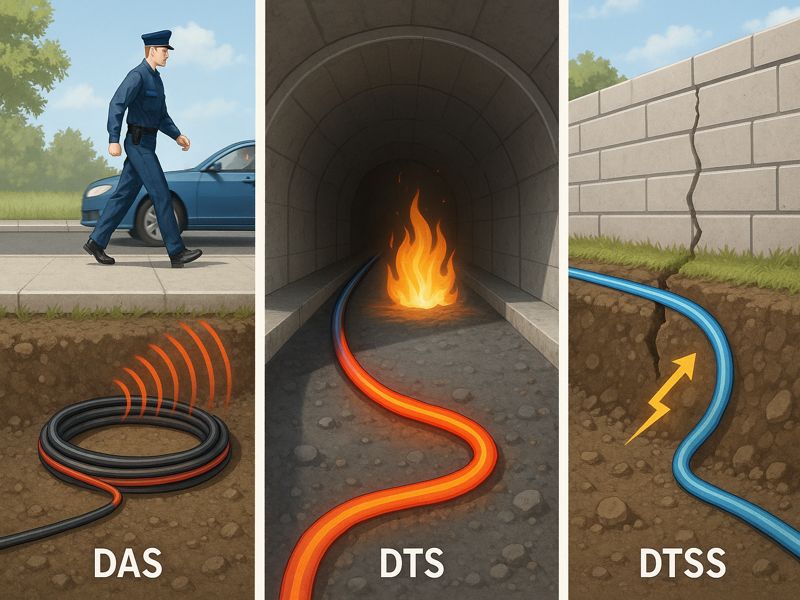
Core Technologies Behind FOIDS
- Distributed Acoustic Sensing (DAS): Detects vibration and acoustic disturbances such as footsteps, vehicles, or drilling.
- Distributed Temperature Sensing (DTS): Monitors heat buildup and fire events along cables or tunnels.
- Distributed Strain and Temperature Sensing (DTSS): Combines temperature and strain measurement for detecting ground movement or structural deformation.
Unlike point sensors, FOIDS provides continuous coverage—every meter of fiber acts as a detection point.
Benefit #1: Continuous Real-Time Monitoring
Traditional systems monitor only predefined zones or points. FOIDS transforms the entire fiber length—often spanning tens of kilometers—into a continuous line of defense.
Operators can receive instant alerts of intrusion, vibration, or temperature change in real time. This continuous data stream is invaluable for high-risk assets like oil pipelines, border fences, and metro tunnels, where a delay of even seconds can mean catastrophic damage or service interruption.
Benefit #2: High Localization Accuracy
FOIDS can locate intrusion or disturbance events with pinpoint precision—often within ±1–2 meters.
This allows rapid and targeted deployment of patrols or drones to the exact site of the event, minimizing downtime and false investigations.
In pipeline or substation applications, precise localization supports automated decision-making, such as isolating a segment or redirecting flow until the issue is resolved.
Benefit #3: Multi-Threat Detection Capability
A single FOIDS installation can detect multiple threats simultaneously:
- Vibration or acoustic disturbances: cutting, climbing, or digging.
- Temperature anomalies: fire, overheating cables, or equipment failure.
- Ground or structural deformation: landslides or tunnel movement.
This versatility means operators can replace several traditional systems with one unified solution. DAS, DTS, and DTSS technologies together deliver comprehensive situational awareness across both security and operational dimensions.
Benefit #4: Long-Range Coverage
FOIDS can cover 20–50 km per interrogator channel, depending on the fiber type and system configuration. In contrast, most traditional systems require multiple sensors and power sources at short intervals.
| Technology | Typical Range per Unit | Coverage Type | Power Requirement |
| FOIDS (DAS/DTS) | 20–50 km | Continuous linear | Centralized (none in the field) |
| Microwave / Radar | < 500 m | Point/sector | Distributed field power |
| Vibration Coils / Sensors | < 100 m | Localized | Distributed |
| CCTV Systems | Line-of-sight only | Sector visual | Local power + lighting |
Benefit #5: Minimal Maintenance and Long Lifecycle
Optical fibers are passive components—they contain no electronic parts, need no field power, and are immune to electromagnetic interference.
The interrogator unit, typically housed in a control center, performs all detection and analysis remotely. This means fewer field visits, minimal maintenance, and long service lifespans exceeding 25 years.
The absence of outdoor electronics also eliminates corrosion and environmental degradation, making FOIDS ideal for harsh or remote conditions such as deserts, offshore platforms, and mountainous borders.
Benefit #6: Integration with Existing Infrastructure
FOIDS can be integrated seamlessly with modern SCADA, Video Management Systems (VMS), and Access Control Platforms.
The system can automatically do the following when an event is detected:
- Turn on adjacent cameras for visual confirmation.
- Trigger lighting or alarms.
- Notify control rooms via existing network protocols (TCP/IP, SNMP, Modbus).
This integration turns FOIDS into a central nervous system for infrastructure security, providing real-time insights through a single command interface.
Benefit #7: Enhanced Situational Awareness through Analytics
Modern FOIDS employ advanced AI and machine learning algorithms that continuously learn from their environment.
They can distinguish between a genuine intrusion (e.g., human activity or vehicle vibration) and environmental noise (e.g., wind, rain, or animal movement).
This pattern-based learning dramatically reduces false alarm rates—an essential factor for mission-critical environments where alarm fatigue can lead to delayed responses.
FOIDS data can also be fed into predictive analytics platforms, providing early warnings of repetitive disturbances before they escalate into security breaches.
Benefit #8: Cyber-Physical Security and Regulatory Compliance
Governments worldwide are implementing stricter Critical Infrastructure Protection (CIP) regulations that require continuous monitoring and traceable event logging.
FOIDS supports this compliance by offering:
- Encrypted communication channels.
- Role-Based Access Control (RBAC) for operator authentication.
- Audit trails and event logs that can be used for regulatory reporting or forensic analysis.
By meeting these cybersecurity and physical protection requirements, FOIDS helps operators align with standards such as NERC CIP, EU CER Directive, and ISO/IEC 27001.
Benefit #9: Cost Efficiency Over Long Distances
While the initial investment in FOIDS equipment may be higher than in point sensors, the lifecycle cost is significantly lower.
Reasons include:
- No distributed electronics or power along the fence or route.
- Lower maintenance frequency.
- Centralized monitoring for multiple zones via a single interrogator.
| Cost Factor | Traditional Systems | FOIDS | Savings (Approx.) |
| Field Hardware | High (many units) | Minimal (fiber only) | 40–60% |
| Power & Cabling | Distributed power | Centralized | 30–50% |
| Maintenance | Frequent site visits | Remote diagnostics | 50–70% |
| Service Life | 8–10 years | 20–25 years | Longer lifespan |
Over the system’s lifetime, FOIDS often proves to be the most cost-effective solution per kilometer of protection.
Benefit #10: Future-Proof Scalability
FOIDS platforms are highly scalable. As infrastructure expands, operators can:
- Extend fiber coverage without replacing the entire system.
- Add new channels to interrogators for additional zones.
- Upgrade firmware to enhance detection algorithms.
Because the sensing medium (fiber) is passive and future-compatible, FOIDS can integrate with emerging technologies like digital twins, smart infrastructure analytics, and AI-driven command centers.

Real-World Applications and Case Studies
Power and Energy
A major power utility deployed FOIDS around 12 substations to prevent copper theft. After installation, theft incidents dropped by 90%, and operators could respond to perimeter breaches within 60 seconds.
Oil and Gas Pipelines
In a 40 km pipeline corridor, FOIDS detected third-party interference (TPI) from excavations with 95% accuracy, preventing a major rupture. The system also identified minor leak-induced vibrations, allowing early maintenance.
Rail and Metro Tunnels
Metro operators use DTS-integrated FOIDS to detect overheating cables and unauthorized access. Data is linked to SCADA and tunnel ventilation systems for automatic response.
Airports and Data Centers
High-traffic facilities employ FOIDS for perimeter intrusion detection, integrating with CCTV for visual verification. The system reduces patrol dependency and ensures continuous coverage even during low visibility.
Implementation Best Practices
Conduct a Comprehensive Risk Assessment
Identify perimeter vulnerabilities, access points, and environmental factors before system design.
Select the Right Fiber Type
- Single-Mode Fiber (SMF): Best for long-range detection (up to 50 km).
- Multi-Mode Fiber (MMF): Suitable for shorter, high-sensitivity areas.
Ensure Proper Installation and Coupling
The fiber should maintain consistent contact with the ground or structure to ensure accurate vibration transfer.
Integrate with Central Control Systems
Link FOIDS alerts to SCADA, VMS, and communication networks for unified monitoring.
Regular Calibration and Data Validation
Periodic signal analysis and machine learning retraining maintain optimal accuracy over time.
| Benefit | Impact on Infrastructure Security | Core Technology Involved |
| Real-Time Monitoring | Instant threat detection | DAS |
| High Accuracy | ±1–2 m localization | DAS |
| Multi-Threat Sensing | Vibration, heat, strain | DAS/DTS/DTSS |
| Long-Range Coverage | Up to 50 km/channel | SMF |
| Low Maintenance | Passive fiber network | All |
| System Integration | Seamless with SCADA/VMS | Software APIs |
| AI Analytics | Event classification, fewer false alarms | AI/ML |
| Regulatory Compliance | Meets CIP, ISO, and CER directives | Cyber-secure FOIDS |
| Cost Efficiency | Lower TCO over lifespan | Passive architecture |
| Scalability | Software/firmware upgradeable | Modular design |
The need for reliable, real-time, and long-range security in critical infrastructure is at an all-time high. Fiber Optic Intrusion Detection Systems address this need by offering a unified solution that covers vast distances, detects multiple threats, and integrates seamlessly with existing control infrastructure.
From power grids to rail tunnels and oil pipelines, FOIDS is proving to be the backbone of modern security architecture—delivering continuous monitoring, lower operational costs, and compliance-ready performance.
As AI and fiber-sensing technologies evolve, FOIDS will continue to shape the future of intelligent infrastructure protection, turning every fiber line into a powerful, data-driven shield against physical threats.
